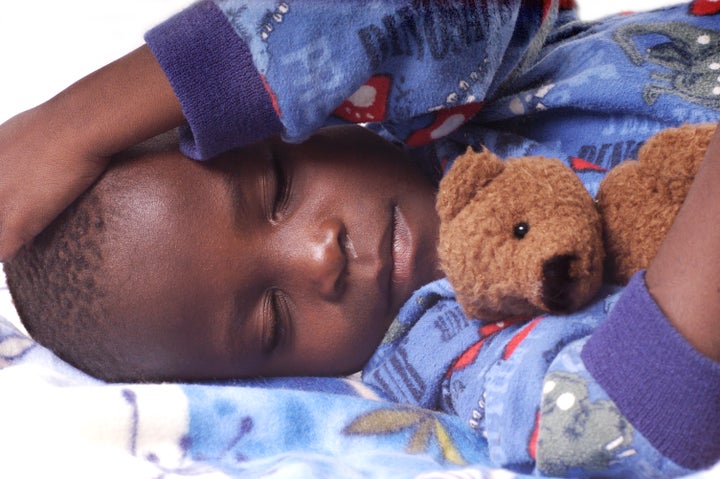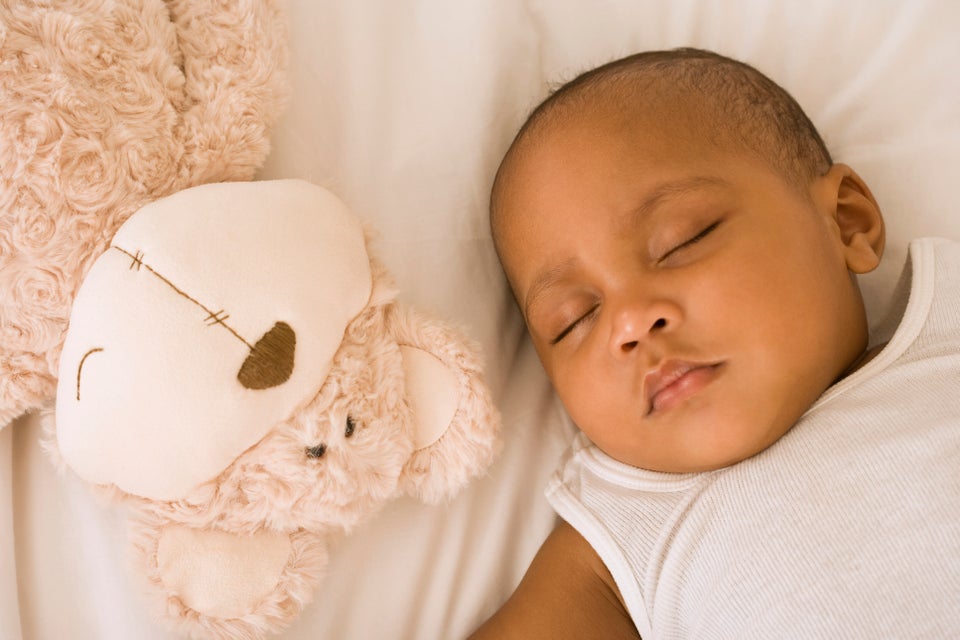Sleep apnoea accounts for nearly nine in every 10 sleep-related hospital admissions for children under 16s since 2012, new analysis has revealed.
There were a record number of cases recorded between 2017-18, with the overall figures rising every year, with the exception of a one-year dip between 2015 and 16, according to NHS data analysed by The Guardian.
These figures were revealed among a general increase in sleep-related admissions, such as insomnia, nightmares and sleepwalking. Overall sleep-related disorder admissions in children aged 16 and under increased every year.

What is sleep apnoea?
Sleep apnoea is a condition where the walls of the throat relax and narrow during sleep, causing a total blockage of the airway. When the airflow is blocked for 10 seconds or more, it is known as apnoea.
People with the condition experience regular paused breathing episodes over a long period of time while asleep. Sufferers can experience anywhere between five and 100 pauses an hour (the latter is considered very severe). This process of periods of struggling to breathe, followed by waking briefly, may happen many times during the night.
It typically affects men with a collar size of 17 inches or more and early menopausal women who put on weight. It can also be worse in people with big tonsils and adenoids. However, children can also be affected and are at greater risk if they are overweight, have Down’s syndrome or have a family history of the condition.
How can I spot it in my child?
The first symptom most parents notice is snoring, according to Great Ormond Street Hospital (GOSH). “Snoring is the sound made by the airway vibrating as it opens after it has partially collapsed,” GOSH states.
In addition to snoring, the British Lung foundation (BLF) urges parents to also look out for gasps, snorts and choking sounds during sleep.
Parents may also notice children sleeping in unusual body positions that make it easier for them to breathe, for example with their head bent backwards.
The BLF says other symptoms to help spot it, although slightly less common, include bedwetting, sweating and dry mouth.

Daytime symptoms include early morning headache and general tiredness. Because of interrupted sleep, your child might be more tired during the day. “Younger children who suffer from sleep deprivation may actually be hyperactive or aggressive, whereas older children may feel tired,” GOSH states.
Other daytime symptoms include difficulty concentrating or behaving differently, as well as poor growth and weight gain.
What happens if I think my child has sleep apnoea?
Your child will need to have their sleep monitored, which will require an overnight visit to hospital. During the sleep study, various bodily functions will be monitored, such as breathing pattern and heart rate, to determine the child’s sleep quality and breathing pattern.
If your child does have it, common treatments include nasal inhaled corticosteroid sprays, an adenotonsillectomy (operation to remove tonsils), or using a CPAP or BiPAP - a simple machine that pushes air through a mask worn at night to keep the airway open.
Find out more about child sleep apnoea and how to treat it here.
